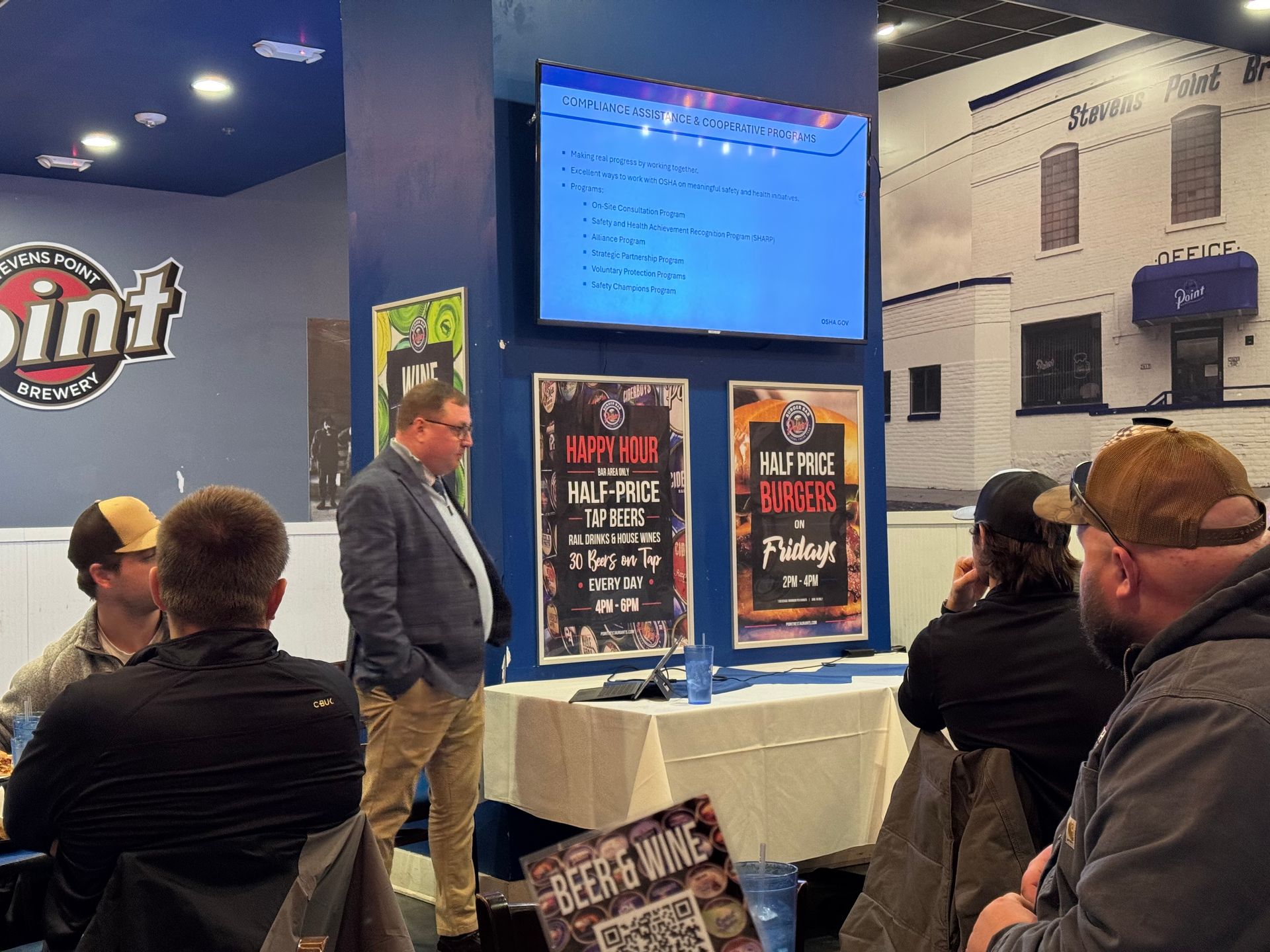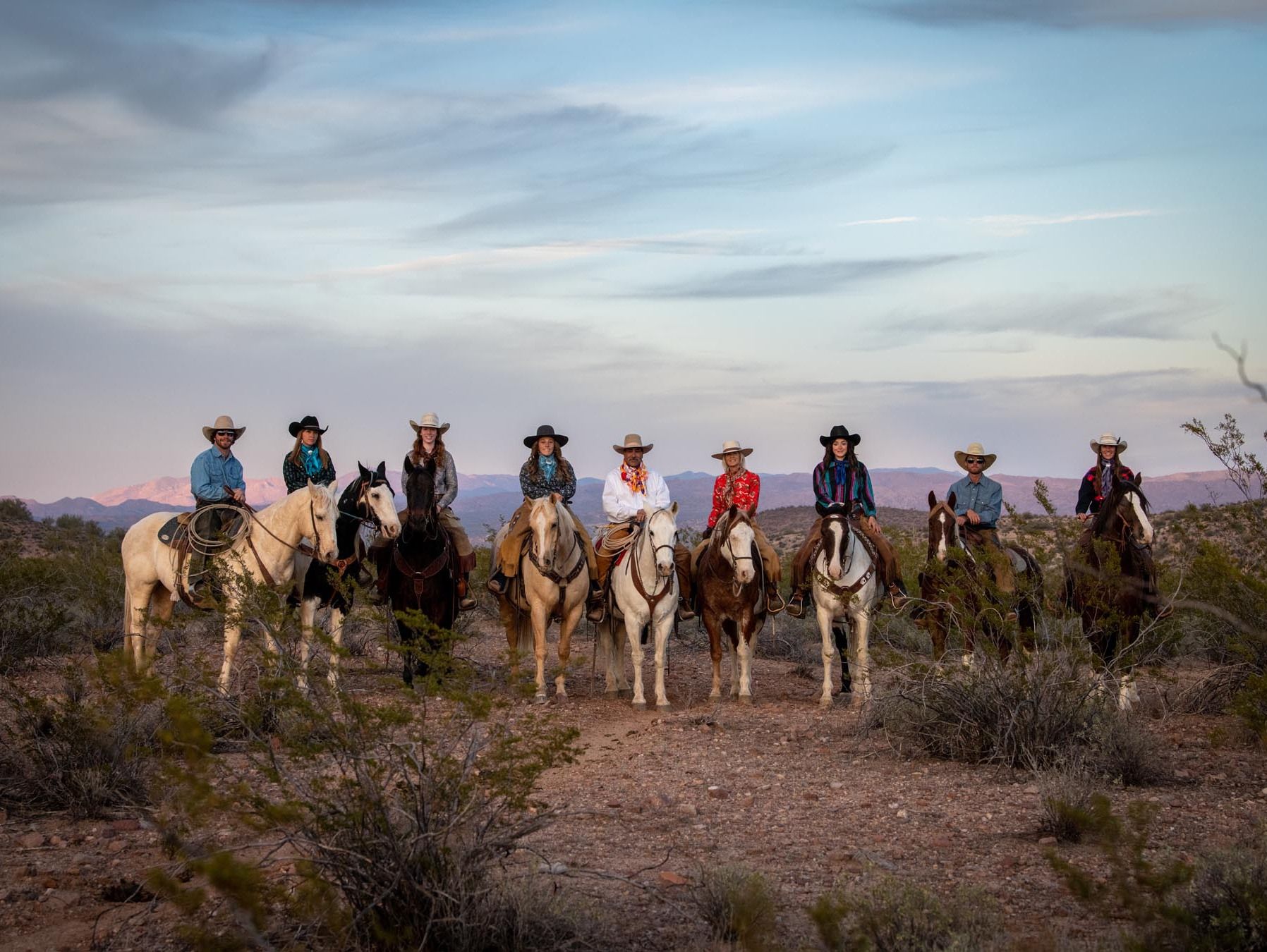Key OSHA Violations from 2025 That Impact Underground & Utility Work
Every year, OSHA releases its list of the most frequently cited violations. The 2025 list is out, and while many industries should pay attention, underground and utility contractors face unique risks that line up with several of the top violations. Here’s a breakdown of the most relevant items, along with trenching and excavation hazards that continue to be a top focus for OSHA inspectors.
- Fall Protection – General Requirements (1926.501)
Falls remain the #1 most cited violation. For underground contractors, the risks aren’t always rooftops—they include falls around trenches, vaults, manholes, ladders, and uneven ground. Proper guardrails, harnesses, and safe working surfaces are essential. - Hazard Communication (1910.1200)
Chemicals are everywhere on utility jobs: fuels, solvents, coatings, and even the contents of pipes. Employers must ensure proper labeling, Safety Data Sheets (SDS), and worker training to stay compliant. - Ladders (1926.1053)
Climbing in and out of holes or accessing elevated work is common. Using damaged ladders, setting them up improperly, or failing to secure them leads to frequent citations—and serious injuries. - Lockout/Tagout (1910.147)
Whether shutting down pumps, isolating electrical lines, or dealing with hydraulic energy, contractors must properly control hazardous energy before starting work. Failure to do so can be fatal. - Respiratory Protection (1910.134)
Dust, silica, exhaust, and even gas leaks underground make respiratory protection critical. Employers must provide proper respirators, medical clearance, and fit testing. - Fall Protection – Training (1926.503)
Having equipment isn’t enough—workers must know how to use it. Training ensures employees recognize hazards and properly use fall protection systems. - Scaffolding (1926.451)
Though more common in building work, scaffolding is sometimes used in utility projects. Improper erection or use can lead to collapse and falls. - Eye and Face Protection (1926.102)
Flying debris, sparks, fluids, and dust are part of daily life in underground work. OSHA continues to cite employers who don’t provide or enforce PPE use.
Trenching & Excavation Hazards – Always a Priority
Beyond the top 10 list, OSHA has placed special emphasis on trenching and excavation safety because fatalities remain high. Utility contractors should pay close attention to:
- Cave-ins: Protective systems (sloping, benching, shoring, shielding) are required. A “competent person” must inspect trenches daily.
- Spoil piles and equipment placement: Keep soil and heavy equipment at least 2 feet from trench edges.
- Safe access/egress: Trenches 4 feet deep or more must have ladders, ramps, or stairs within 25 feet of workers.
- Atmospheric hazards: Test for low oxygen or hazardous gases before entry. Provide ventilation or respiratory protection if needed.
- Training & competency: Workers and supervisors must be trained to recognize trench hazards.
- Struck-by hazards: Protect workers from falling tools, materials, and equipment near trench edges.
- Utility strikes: Always identify and mark underground utilities before digging to avoid catastrophic incidents.
Takeaway for Contractors
Staying on top of OSHA’s most cited violations isn’t just about compliance—it’s about keeping crews safe and projects on track. Underground and utility contractors should:
- Refresh fall protection and ladder training.
- Update hazard communication programs.
- Review lockout/tagout procedures.
- Conduct fit testing for respirators.
- Enforce PPE requirements.
- Double down on trenching and excavation safety.
By focusing on these areas, contractors can reduce risk, protect workers, and stay ahead of OSHA citations.
Click Here for the Full Article, Top 10 OSHA Violations of 2025





